William Butler Yeats, a 20th-century Irish poet and writer, describes stamps and coinage to tell a nation’s history as “silent ambassadors of the state.”
While in some cases these messages were political, like propagating certain political movements that align well with state propaganda (as well as allusions to national identity/mythologies), stamps were also used for their “soft power.”

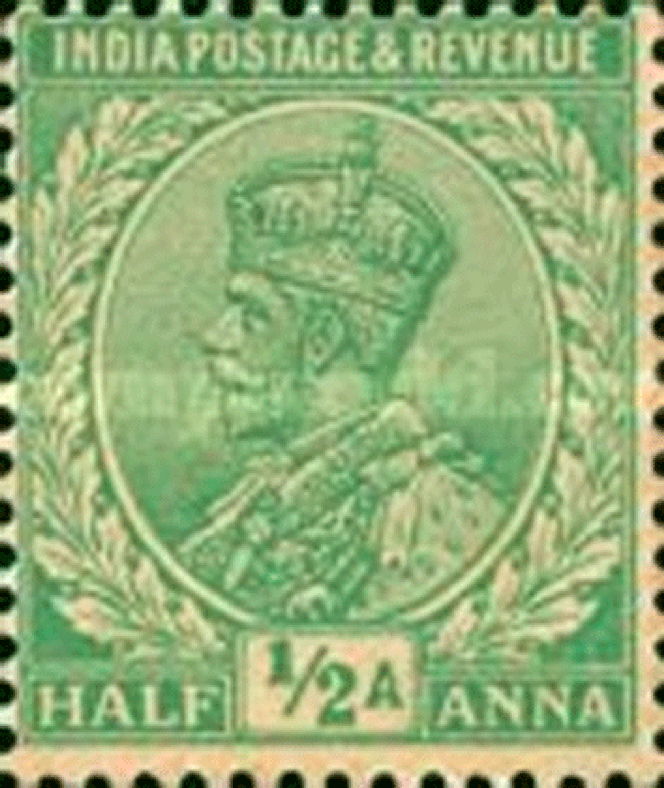
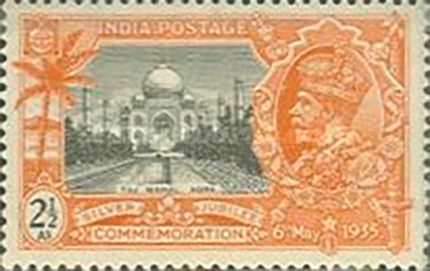
Stamps, by themselves, are considered a currency, a widely circulated national advertisement. These “paper ambassadors” carry aesthetic value, but are also emblematic of a nation’s historical and sociocultural development. Stamps can take on many aspects of a nation’s development, including political leaders, transportation technologies, flags, flora and animals, musical instruments, architecture and more.
Colonial regimes such as the United Kingdom who had control over colonies like India, among others, used postage stamps as a softer declaration of power. They used stamps to place Indian buildings like mosques and temples under their pictured monarch as a way of showing their prized, exorcized possession of “the Orient.” Before it was a country, India had its visual narrative projected as a paper ambassador of colonial rule.
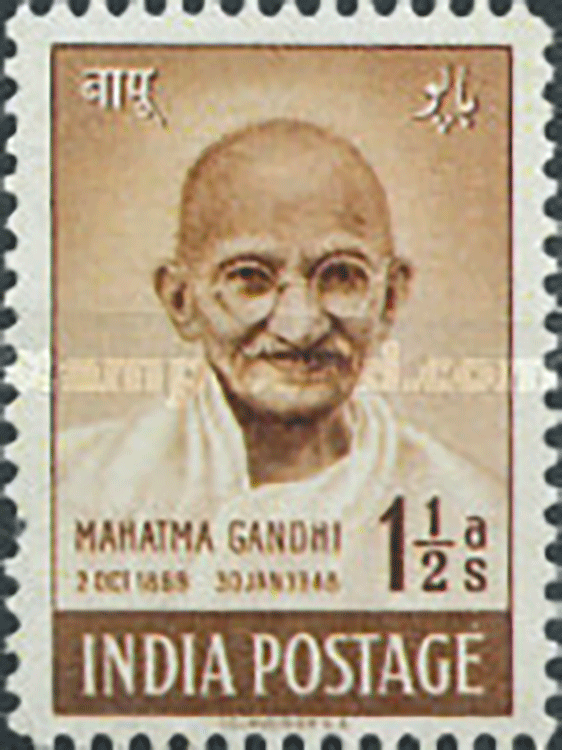
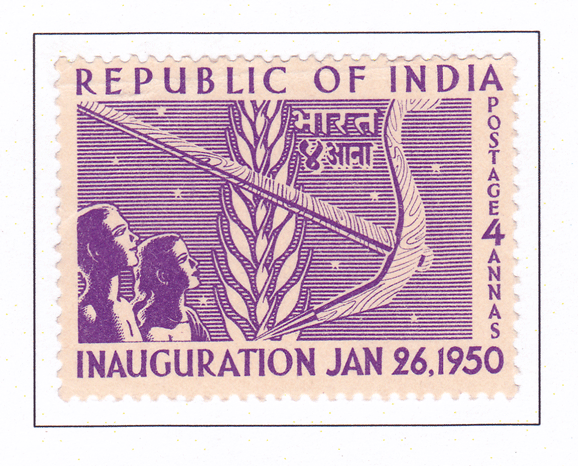
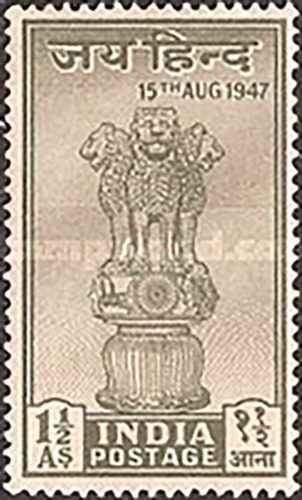
The function of stamps can be categorized into two main types: definitive and commemorative stamps. The former lasts an extended period of time, they are smaller and not packed with images, design, colour or other icons. On the other hand, commemorative stamps have various themes of national development pictured on them and include dense uses of colour and icons.
In his paper on postage stamps in South Asia, researcher Manu Sharma describes how the symbols on stamps evoke emotion that is circulated and promoted by the authorities of a nation to realize its existence.
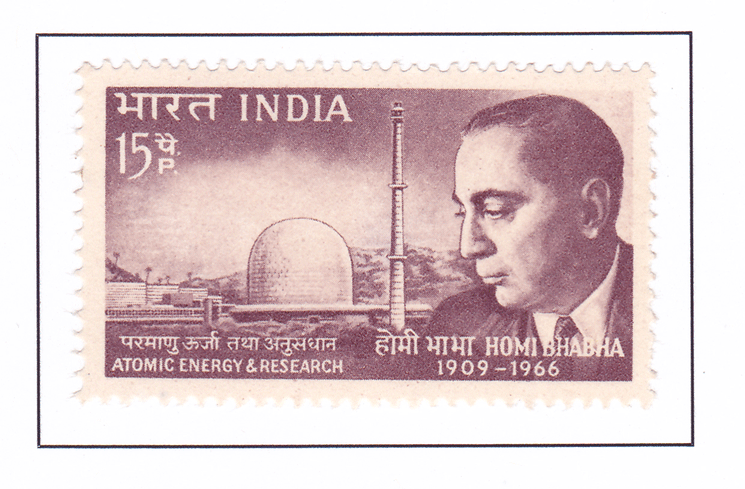
The viewer must be able to “see the state,” Sharma says, and have its material existence concretize the state’s activities to tell them of their development and evolution through national imagery.
The use of postage stamps in Indian history echoes the United Nations Sustainable Development Goal for Reduced Inequalities for having a paper history that is inclusive and diverse to the heterogeneous nation for all of its regional and linguistic differences, and for unifying the citizens.
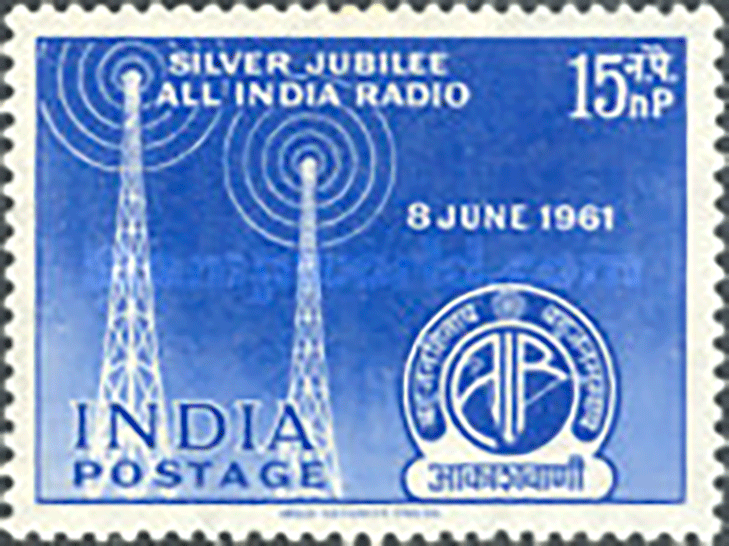
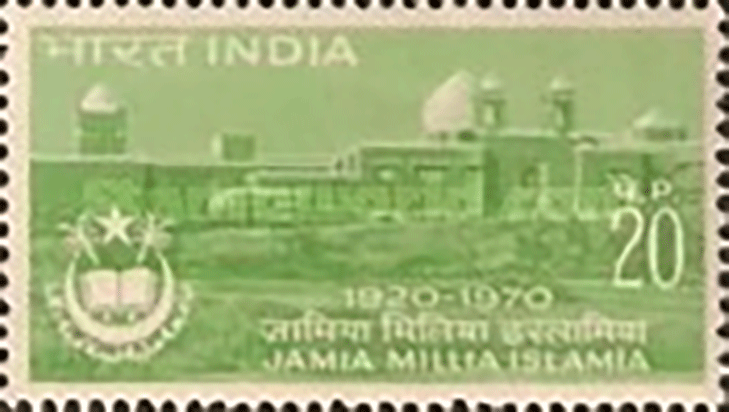
Stamps are visual mediums that tell tales of ancient history in South Asia. The images depict crafts and industries that built the pillars of national identity despite having turned seventy-five this year. Stamps as a way of storytelling relate to the eleventh United Nations Sustainable Development Goal for Sustainable Cities and Communities in accepting and depicting a national heritage and leaving behind a paper legacy.
Check out the Stamps of India website for philately in India!
